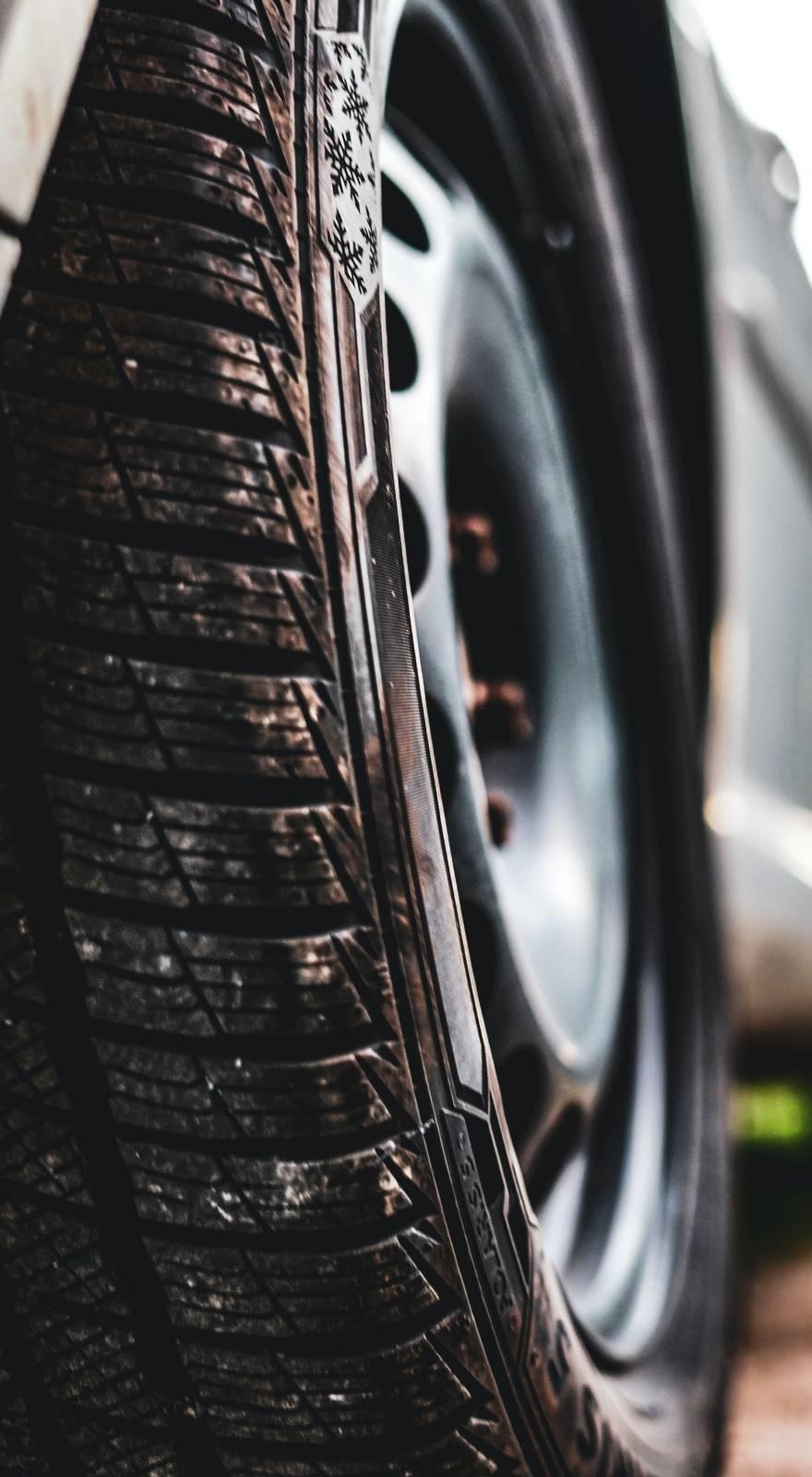Knowde Enhanced TDS
Identification & Functionality
- Chemical Family
- Reinforcement Material
- CASE Ingredients Functions
- Technologies
- Product Families
Features & Benefits
- Labeling Claims
- CASE Ingredients Features
- Features
- Has high heat resistance. Can be used continuously at 260°C (can be used at up to 400°C for a short period of time).
- Also has high chemical resistance, high adherence properties, and high permeability.
- Can also be processed for use in press molding, or foam (heat-resistant foam) molding.
- Product Highlights
Polyimide Varnish for Heat-Resistant Composite
SKYBOND is a varnish that is composed of aromatic polyimides, which are one of the most thermally stable organic materials. The products originally developed by Monsanto(USA) are polymide precursors which, when properly cured, yield composites and adhesives with the highest thermal stability of any commercially available resin system. In April 1996, I.S.T acquired the right of manufacture and sales of the varnish. After acquiring SKYBOND, it was manufactured at our I.S.T factory on the premises of Solutia's Indian Orchard plant in Massachusetts. In 2014 we moved SKYBOND® plant to I.S.T New Jersey factory(inside DuPont) and now we are manufacturing SKYBOND in there. Polyimide prepreg or honeycomb composite materials can be made combining SKYBOND with glass, carbon, or aramid fibers, that have superb thermal-resistance and flexibility. In addition the varnish is used as a thermal-resistant adhesive material or sealing agent.
SKYBOND is applied mainly to airplane structural materials, jet engine covers, and aerofoils in the aerospace. It is also applied to heat-resistant covers for structures and engines used under high-temperature conditions, making use of its excellent heat resistance. In addition, with its powder molding property, SKYBOND is applied to heat-resistant bearings or bushings, which have been introduced in various fields, such as office automation equipment. Two new classes of matrix resins have been developed in the Skybond® family. The first can be processed by RTM molding techniques to bring the outstanding thermal resistance of polyimide resins to RTM molded composites. The second new class of Skybond® matrix resins is the two-stage cure resins that when used in prepreg applications allow the manufacture of very low void level composites by autoclave processing (<0.5% voids) combined with the excellent thermal stability of polyimide resins.
Applications & Uses
- Applications
- Compatible Reinforcements
- Coating Type
- Composites End Use
- Composites Processing Methods
- Applications & Uses
- Airplane structural materials
- Engine covers
- Radar domes
- Matrix resin for high strength fibers such as glass, carbon, and aramid
- Formed parts
- Heat-resistant bearings
- Heat-resistant bushings
- Piston rings
- Coating materials / Ink
- Heat-resistant adhesives
- Fiber-sizing agents (Binder)
- Impregnants / Sealing agents
Properties
- Typical Properties
| Value | Units | Test Method / Conditions | |
| Solid | 42 - 46 | % | |
| Viscosity | 1000 - 3000 | cps | |
| Specific Gravity | 1.13 - 1.15 |
Storage & Handling
- Shelf Life and Storage
- Product shelf life is the period of time the SKYBOND product is expected to stay within the limits of its respective product specification.
- The shelf life of SKYBOND products is 3 months from date of shipment when stored at 40°F (4°C) or below.
- Short-term exposure to normal ambient conditions will not cause problems with the resin.
- For long term storage the material should be stored at temperatures of 40 F or lower to reduce viscosity build which is common with these resins.
- Material stored for longer periods of time than 3 months or at higher temperatures should be usable if still within specification limits for viscosity and solids. If the viscosity has advanced above its specification limit it may still be usable if it can be diluted to reduce the viscosity into its specification range while still remaining within the solids specification limits.
- Water contamination should be avoided. Thus the resin solution should be allowed to warm to room temperature before the container is opened and the resin used.
- If the resin solution is exposed to air at low temperature water will condense on the resin solution surface and be rapidly dissolved in the solution. Water will cause hydrolysis which lowers the molecular weight of the resin and causes curing problems in these high solids Skybond resins.
- Oxygen contamination should also be minimized as it can lead to oxidation of amines in long term exposure and cause problems in cure cycles.

